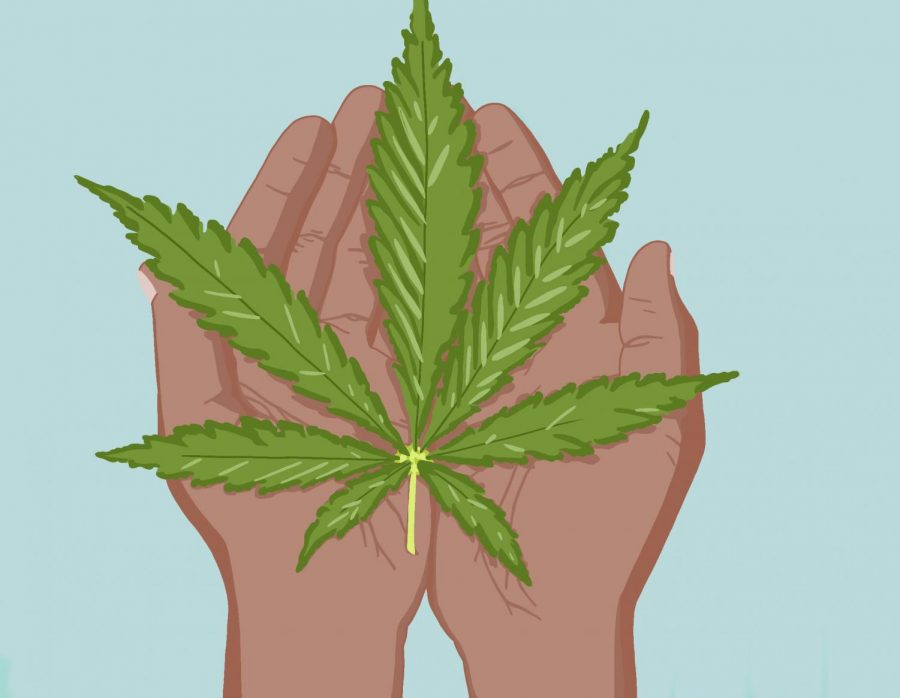WSU researchers receive grant to study hemp on West Coast
Chemical, fiber, grain are three main types of hemp; plant grows in varying local environments
Hemp produces high levels of chemicals that make it useful for pharmaceutical applications and industrial use.
December 9, 2021
WSU researchers, in partnership with several universities and industries on the West Coast, received a five-year $10 million grant from the U.S. Department of Agriculture grant program to study hemp on the West Coast.
The Global Hemp Innovation Center, led by Oregon State University, is a project funded by the USDA National Institute of Food and Agriculture’s Sustainable Agricultural Systems, said Jeffrey Steiner, associate director of the center. The studies in this project will aim to assess economic opportunities for the hemp market in the West.
Hemp is a name for the Cannabis sativa plant, but it is a different variety from marijuana, according to the National Institute on Drug Abuse. But hemp has less THC — a chemical that makes users feel high — than marijuana.
Hemp went out of use for a long time because of the demonization of the crop. Researchers in America were not allowed to do any work on the plant, said David Gang, professor for WSU’s Institute of Biological Chemistry.
“Hemp was locked up in a time capsule for 80 years,” Steiner said. “And with the 2014 and 2018 farm bills being passed, then [the decriminalization of] hemp, [it] gave the opportunity for hemp to be another U.S. commodity.”
Oregon State University researchers worked with research institutions in Serbia and China before the university was allowed to grow hemp in America, he said.
“[Hemp is] a very interesting plant that has a lot of properties that make it very suitable … for many different types of applications. It’s extremely productive,” he said.
There are three major types of hemp that are generally planted in the spring and harvested in the fall: chemical, fiber and grain. Each type grows to be a different size, Gang said.
Hemp produces high levels of chemicals that make it useful for pharmaceutical applications and industrial use. The seed of the plant is high in protein and has a very high-quality oil, making it one of the best quality grains on the market. Different varieties of hemp also produce high amounts of high-quality fiber, Gang said.
The plant produces high-quality graphene, which has potential use in the tech industry. For example, there is a new generation of batteries being developed based on graphene, he said.
These are only a few of the several different applications that researchers are interested in developing, he said.
Part of the study will be observing how well hemp grows in different local environments and under varying conditions then comparing them to different areas on the West Coast. Researchers will also analyze different applications that are best suited for the region, Gang said.
There are unanswered questions in the study that will need to be addressed. Hemp will likely be a commodity item, so researchers will need to find out how it will fit in with specialty crops and other commodity crops without disrupting their markets, Steiner said.
The stakeholders in the project will work with Indigenous tribes on the West Coast to address needs in the community, one of which is diversifying their economic base, Gang said.
“A number of the tribes in the northwest and in the West Coast region — their economy is based on the hospitality/gaming industry, for example,” he said. “And when things like COVID hit, that was severely impacted.”
Indigenous tribes are interested in expanding economic industries for their communities. Hemp has the potential to do that for them, Gang said.











